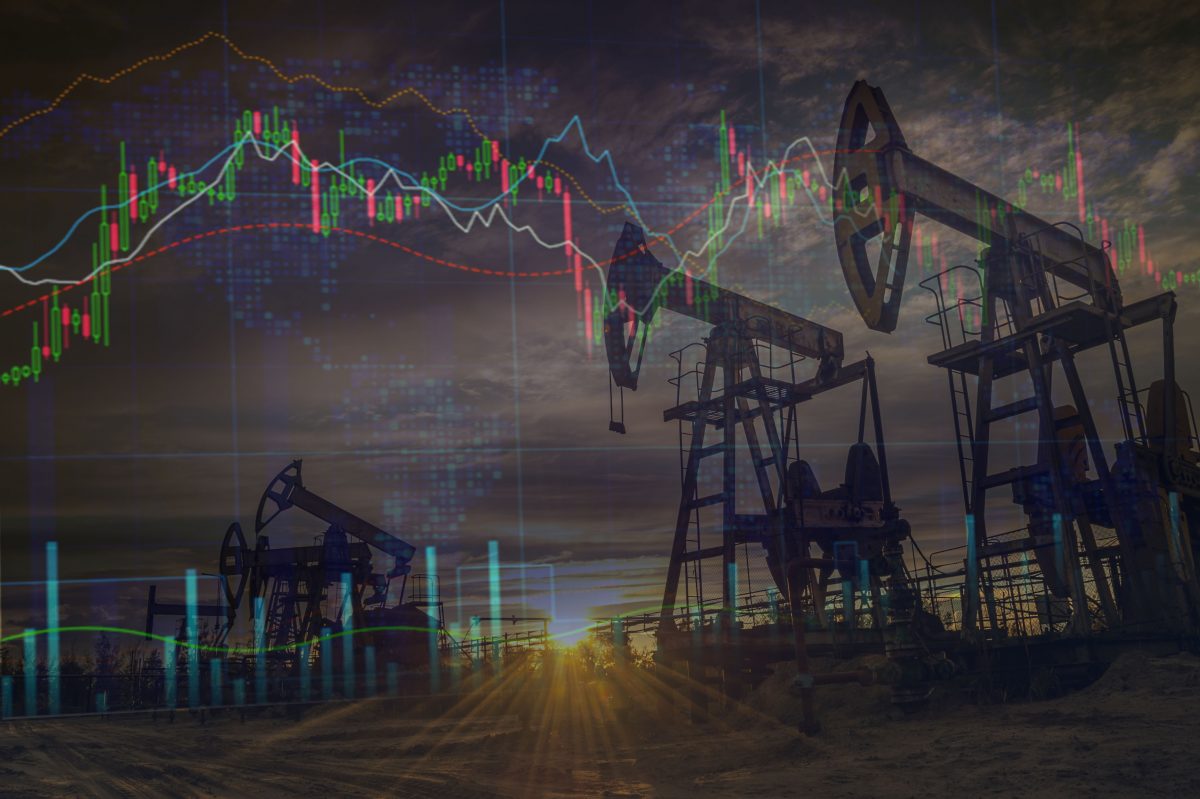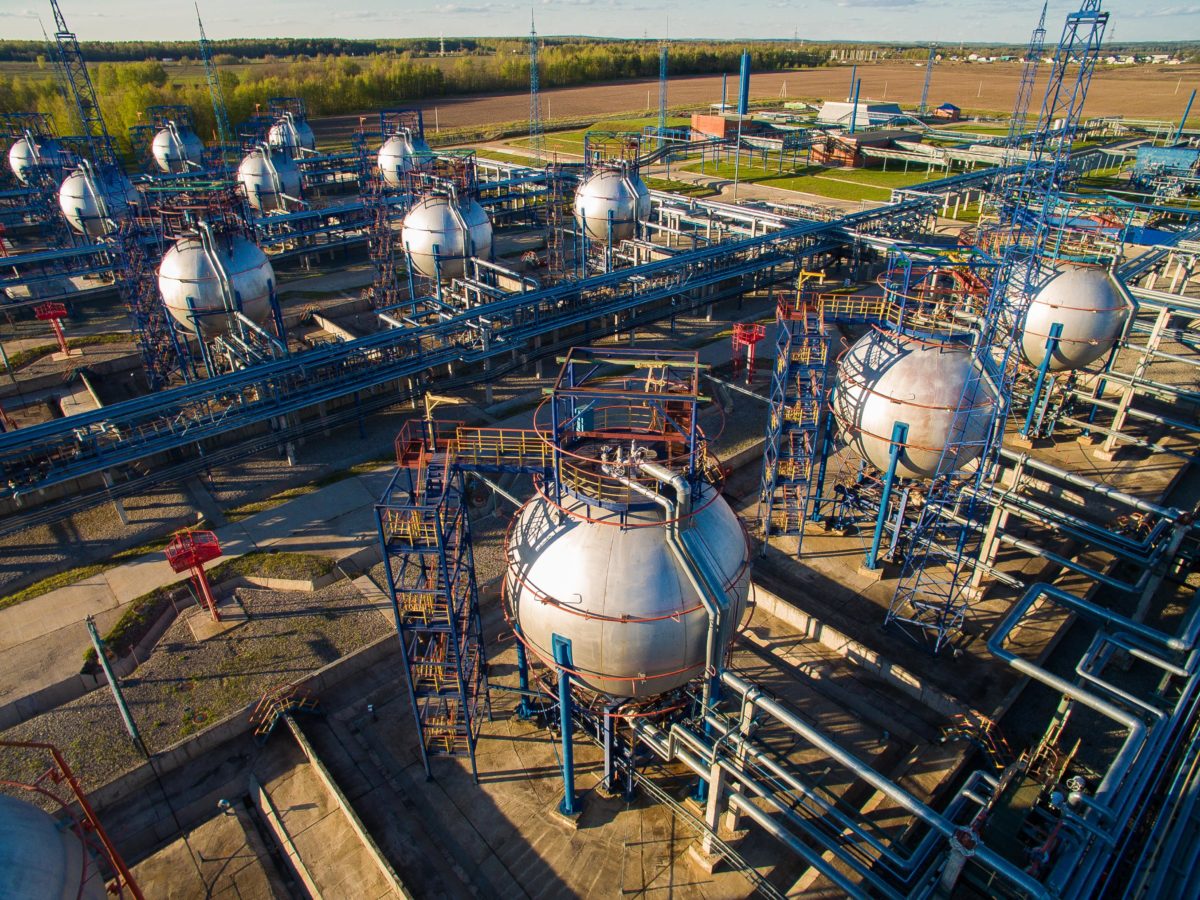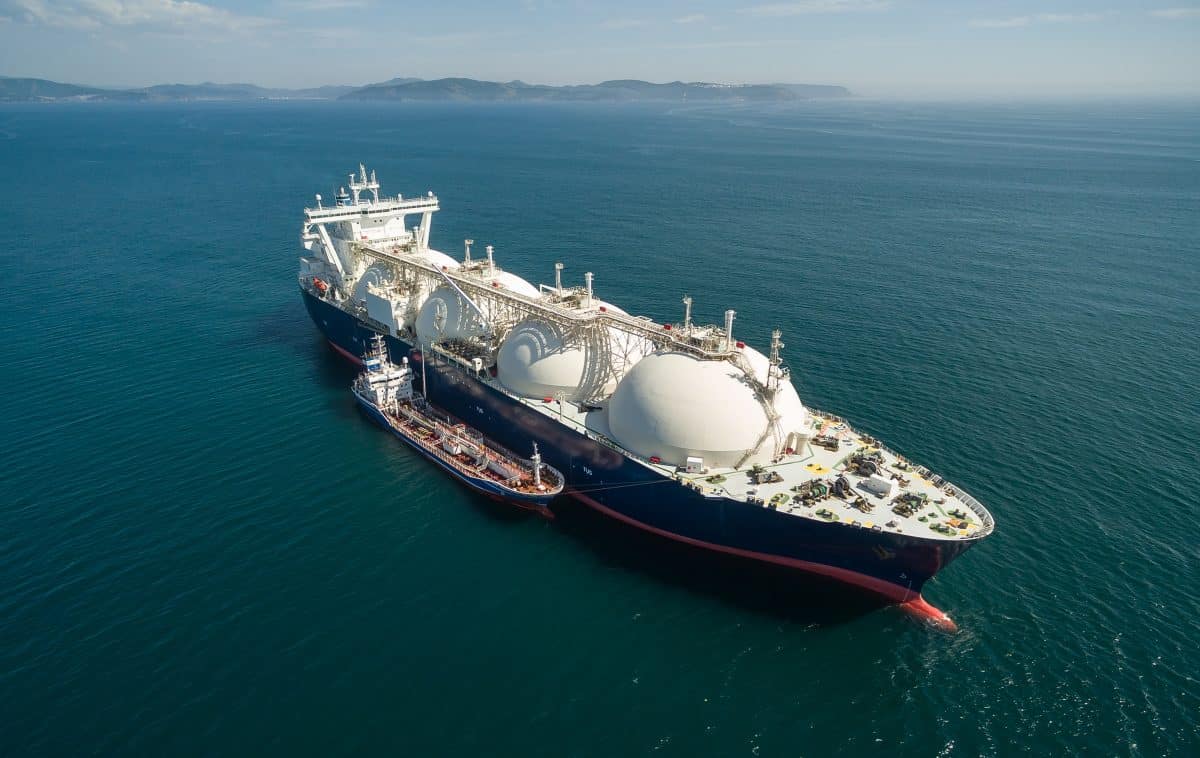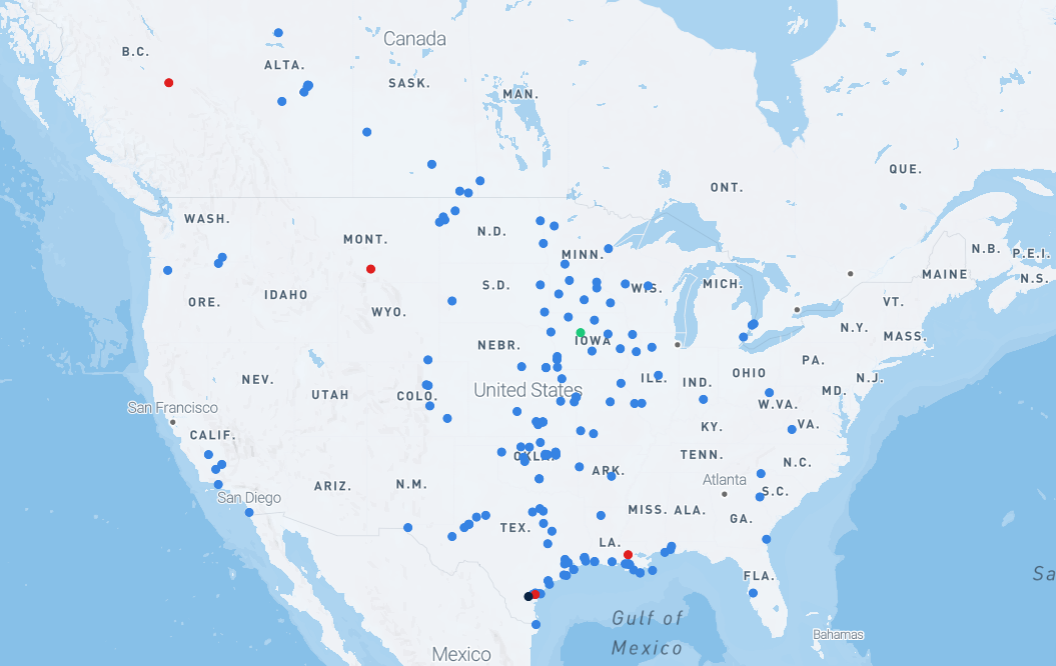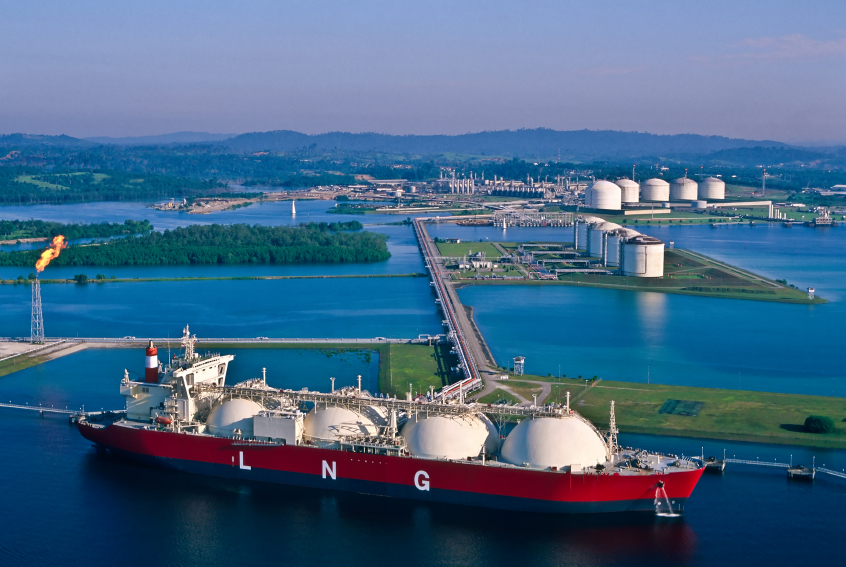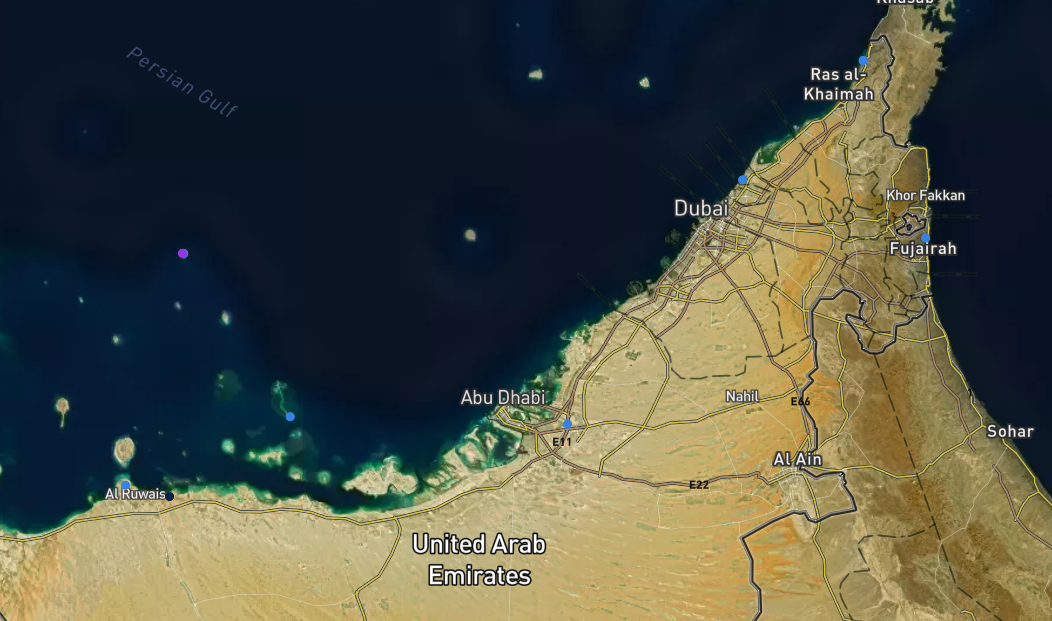The OPEC+ voluntary production cuts, on paper promising curtailments amounting to 1.66 million b/d, should have been the main story for May. Regrettably for many in the Middle East, just as participating countries were preparing to curb output, the overall market sentiment worsened greatly.
First it was refinery margins that forewarned of difficulties ahead, then data on Chinese manufacturing depressed markets even further and protracted negotiations on the US debt ceiling put the icing on the bearish cake.
As Middle Eastern producers were thinking of formula prices for their cargoes loading in June, they did not necessarily see the scope of the headwinds that they were up against. There was still no mention of ouching, of punishing market short-sellers and there was hope that the negative trends in market positioning could be turned around once the reality of OPEC+ production cuts brakes through the clouds.
Things have taken an awkward turn, however, and clouds have been the mainstay for the region’s main exporters.
Saudi Aramco’s Official Selling Prices for Asian Cargoes (vs Oman/Dubai average).
Saudi Arabia’s national oil company Saudi Aramco has cut all its Asian formula prices for June-loading cargoes going to Asia, simultaneously ramping up the OSPs for European destinations.
For Asia, the month-on-month downward revision was expected. Despite the slight increase in the Dubai cash-to-futures spread, up $0.15 per barrel compared to March, refinery margins have been in freefall throughout April and that gloom has set the sentiment for prices. Surprisingly, the biggest month-on-month drop (down $0.90 per barrel compared to May OSPs) came for Arab Heavy, a grade that saw the biggest increases in the past months, whilst Arab Light was only cut by $0.25 per barrel to a $2.55 per barrel premium vs the Oman/Dubai average.
Considering the substantial pricing decrease and Saudi Arabia’s pledge to cut 500,000 b/d from its production targets, it might come as surprise that Saudi Aramco vowed to allocate full requested volumes to Asian customers. Assuming Aramco will cut output, this can only mean that demand for Saudi barrels is getting weaker amidst recessionary pressures.
Formula prices of US-bound cargoes by selected grades (vs ASCI).
Saudi exports to the United States have halved year-on-year so far, averaging a meagre 230,000 b/d this year, according to Kpler tracking data. Not only that, the Gulf Coast is no longer the key region for whatever remaining volumes still are delivered to the US as crude-strapped refiners in PADD 5 have been ramping up their purchases recently.
Saudi OSPs have been at their highest in years and remain well above any other Middle Eastern exporter for some time already. The difference between a Basrah Medium and an Arab Medium cargo into the US Gulf Coast stands at an unbelievable $8 per barrel, even though the latter’s quality is only marginally better than the former’s. Despite its pricing, Saudi Aramco profits fell 19% year-on-year to $31.9 billion, declining in unison with the average realized crude price that dropped to $81 per barrel in the January-March period.
ADNOC Official Selling Prices for 2017-2023 (set outright, here vs Oman/Dubai average).
The headache of setting official selling prices in such a volatile market is no longer there for ADNOC as its formula prices are set by the Murban contract which came in at $84.11 per barrel, up almost $5 per barrel from May. Whilst the flat prices have moved up, the weakness of light grades globally has also seep into Middle Eastern pricing as the region’s main benchmark has been gradually getting closer to Murban, finishing the month at a meagre $0.71 per barrel discount to the UAE grade.
This is a notable feat considering in early 2023 the same Murban-Dubai spread ticked in at around $5 per barrel. As Dubai was strengthening on the heels of the upcoming OPEC+ cuts, the UAE’s other key export grade Upper Zakum finally edged nearer to Murban with its differential hiked $0.40 per barrel to a $0.70 per barrel discount. Considering Dubai was trading almost neck-to-neck to Murban in the first half of May, Upper Zakum should see further increases when the time will come for July 2023 formula prices. The other light grades Umm Lulu and Das saw only marginal changes as their quality characteristics are very similar to Murban.
Iraqi Official Selling Prices for Asia-bound cargoes (vs Oman/Dubai).
For Iraq, the fact that Turkey seems to be stalling the resolution of the Kurdish issue (at least until the second round of presidential elections is over) has been an unnecessary hindrance to the state oil marketing company SOMO. Should President Erdogan get re-elected in the second round, the resumption of exports will most probably be a matter of several weeks if not days. After all, the debts that Turkey owes the Iraqi federal government were all incurred in the Erdogan era. For its Asian buyers, SOMO decided to roll over Basrah Medium prices (quite the contrast to Saudi Aramco which cut every single Asia-bound grade) and increase Basrah Heavy formula prices by $0.10 per barrel compared to May, placing it at a -$3.30 per barrel discount to Oman/Dubai.
Iraqi selling prices for Europe-bound cargoes (vs Dated Brent).
Mirroring Saudi Aramco, SOMO’s European formula prices are much more in line with the overall Middle Eastern trend. For Iraq, a downward pricing correction has been long overdue as the levelling out of Brent Dated and ICE Brent (the former is used by SOMO, the latter is used by Saudi Aramco) has rendered Iraqi barrels much cheaper than its peers. To take but one example, Basrah Medium is some $4 per barrel cheaper than Arab Heavy, despite being less sulphurous. Despite such discrepancies, Iraqi exports into Europe didn’t pick up and have been hovering around the same 600,000 b/d for most of this year and even the halting of Kurdish exports failed to boost Europe-bound outflows above this level.
Iranian Official Selling Prices for Asia-bound cargoes (vs Oman/Dubai average).
Iran has been enjoying a surprisingly undramatic 2023 so far, with a prospective Iran nuclear deal being completely scrapped from the geopolitical agenda of the day. Enjoying a period of strong exports with monthly outflows coming in above 1 million b/d every month of the year so far, Iran’s authorities also claim that production has surpassed the 3 million b/d mark for the first time since late 2018. The figures came from Javad Owji, Iran’s oil minister, and are more some 400,000 b/d above consensus figures provided by OPEC secondary sources. Perhaps reflecting this increasing confidence, Iran’s national oil company NIOC has the formula price of its Iran Light grade to Asia 5 cents per barrel above Arab Light, for the first time this has happened since November 2020. Overall, Iran has followed Saudi Aramco’s pricing strategy and cut its Asian OSPs by $0.20 per barrel and $0.80 per barrel, respectively for Iran Light and Iran Heavy.
Kuwait Export Crude official selling prices into Asia, compared with Arab Medium and Iranian Heavy (vs Oman/Dubai average).
Kuwait has managed to bounce back from the series of hard knocks it has endured last month, restarting the second CDU of the al-Zour refinery after month-long repairs. Seeking to start up the third (and last) distillation unit of the 615,000 b/d refinery in June-July, Kuwait might finally be reaching that point when all its capacity is at last commissioned. As Kuwaiti exports continue to decline and currently are some 200,000 b/d below the 1.8 million b/d average of 2022, the ramp-up of al-Zour is set to shrink crude availability even further. As for formula prices of Kuwaiti crude in June, the state oil company KPC lowered its Kuwait Export Crude OSPs to Asian customers by $0.70 per barrel to a $1.70 per barrel premium vs the Oman/Dubai average. With this, Kuwait’s pricing changes were more modest than Saudi Aramco’s hikes for Arab Medium and Arab Heavy, a trend that was also reflected in KPC increasing Europe-bound cargoes by $0.50 per barrel, half the Saudi increases to European customers.
Oilprice.com by Gerald Jansen, June 9, 2023


